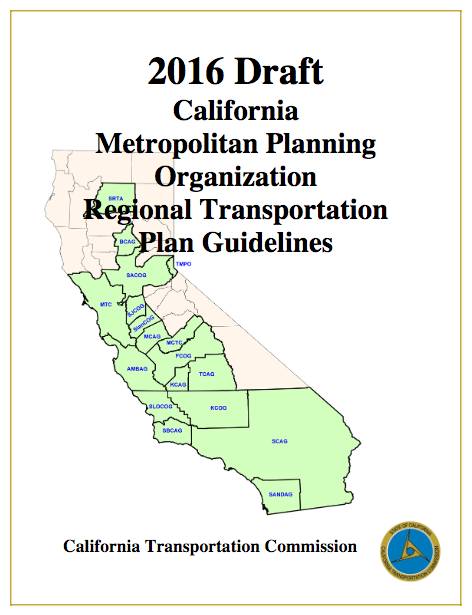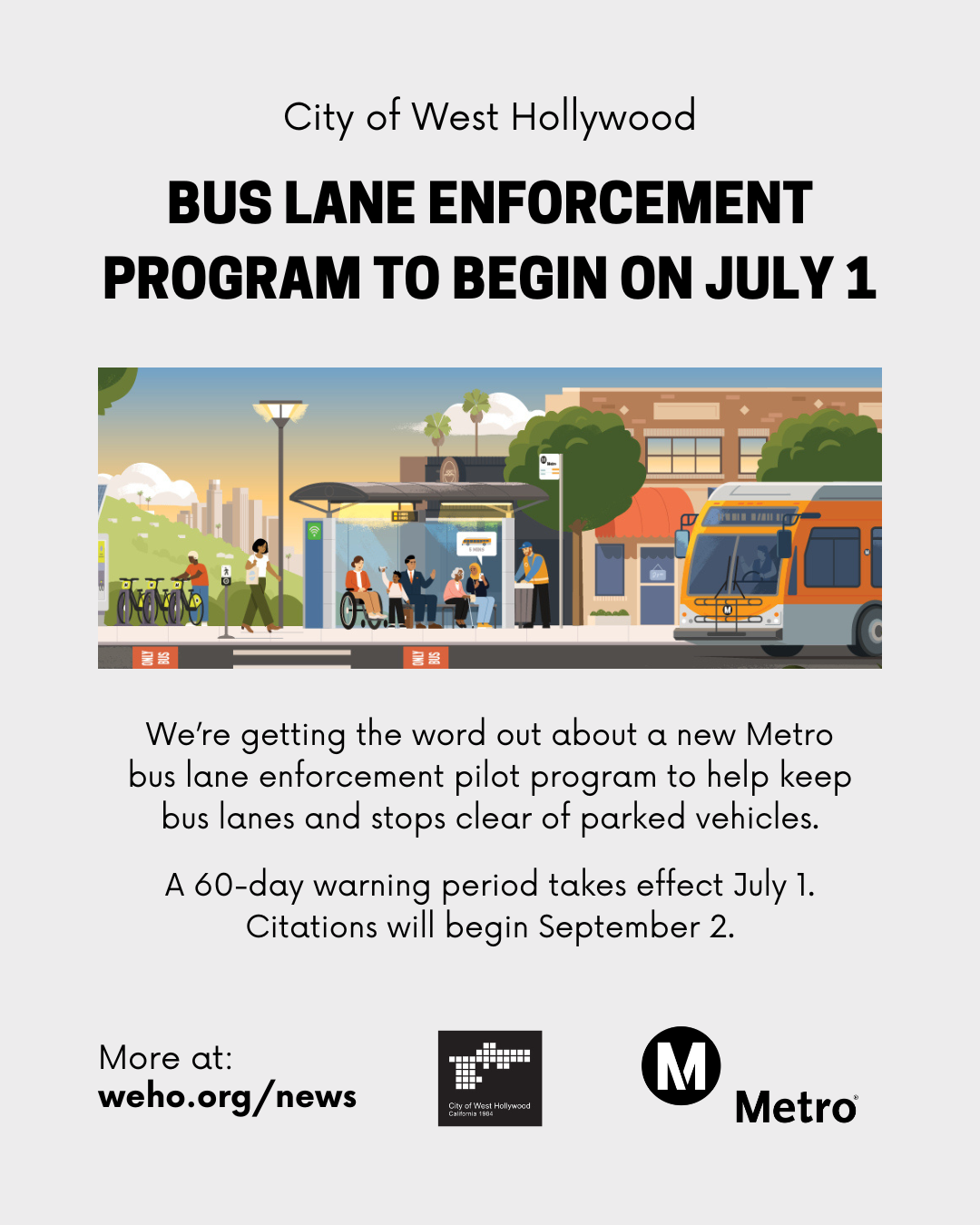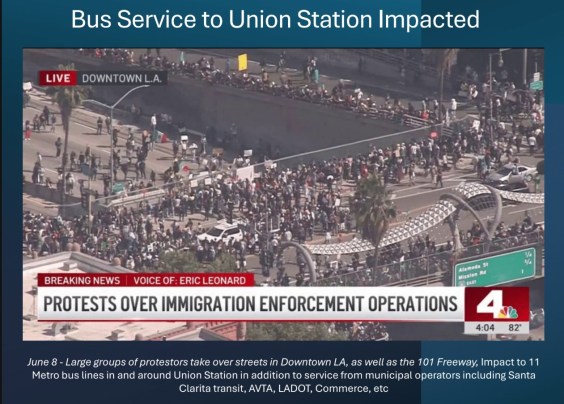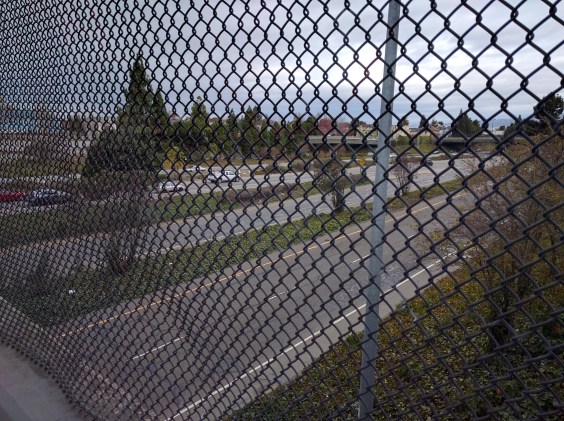Today is the deadline for commenting on California's draft Regional Transportation Plan guidelines.
Why should you care about some wonky planning process?
Because funding.
Wait, no: Because there are no good transit options near you. Because you don't dare ride a bike because you have to ride on or cross streets packed with speeding, careless drivers. Because you can't imagine walking as much as a half block to get where you need to go because it's along a blazing hot road that has only a narrow sidewalk—or no sidewalk at all.
Because it's hot and it's smoggy and you know that driving cars is making everything worse, but you don't know what you can do about it.
And: Because funding. Specifically, because how we invest in transportation, and in other related public investments like housing and sewers, matters. Because how we decide what projects get money, where those projects get built, and which are first in line matters.
That's why you should care about the very wonky work being done right now at Caltrans and the California Transportation Commission. Several long-term plans are in the process of being revised, including guidelines for General Plans, for the California Transportation Plan, and for Regional Transportation Plans.
These plans lay the foundation for what our cities and counties will look like in the future. For example, any transportation project that receives state or federal money must be named in the Regional Transportation Plan (RTP), and state law and many grant programs require that local and county plans be consistent with it as well.
Regional planning agencies are required to write these long-range transportation plans and update them regularly. There are several laws that govern the plans, among them S.B. 375, which was passed in 2008. That law mandates that transportation planners consider climate change impacts from projects when making their decisions. It requires regional agencies to plan to reduce greenhouse gas emissions by coordinating planning for housing and transportation.
Other requirements of RTPs include identifying funding for any projects in the plan—so regions can't write pie-in-the-sky plans—developing and comparing alternatives, and estimating the impacts of projects on air quality.
The RTP, in other words, is the backbone of transportation planning. If the RTP gets it wrong, then the wrong projects will move forward.
Even with all these requirements, many regions sidestep the hard decisions. For example, the regional plans for both the Southern California and San Diego regions have prioritized highway widenings over other improvements like increasing transit or improving walking and bicycling. That means that, notwithstanding the urgency of doing something now about climate change, these regions will continue to invest large portions of their available funding in unsustainable forms of transportation for the foreseeable future.
The state guidelines are not rules, but they do lay out useful ideas and suggestions that many regions follow when revising plans. They provide guidance. Although they do not have “teeth” they are hard to completely ignore.
What complicates this planning is that regional transportation planning agencies have very little authority over local land use and even transportation decisions. This is especially true when the money is raised locally through a sales tax, generally at the county level. And regional agencies sometimes follow what is called a "big staple" approach; they merely bundle together plans already developed at local levels.
A large number of advocacy organizations have been working on what the guidelines should include. A coalition of groups, among them Safe Routes to Schools National Partnership, Public Advocates, Greenbelt Alliance, Policy Link, Climate Resolve, Natural Resources Defense Council, the California Bicycle Coalition, and California Walks, submitted a set of guiding principles [PDF] to be considered when formulating regional plans.
The principles call for:
- a more inclusive process, with stronger public participation that includes all communities
- a focus on both decreasing greenhouse gas emissions and increasing affordable housing opportunities
- transparency and accountability, both in how greenhouse gas reductions will be achieved and in the assumptions and models used to estimate those reductions—as well as in reporting on progress, or lack thereof
- social and racial justice
- public health impacts and benefits from projects, plans, and policies
- conservation of natural resources
- addressing adaptation to climate change
- finding ways to hold local planning accountable to regional greenhouse gas reduction goals, including congestion management agencies and local sales tax measures, by careful incentives as well as refusing to incorporate local decisions that run counter to regional goals
Bill Sadler, California Senior Policy Manager with the Safe Routes to Schools National Partnership, has been working with about twenty groups to coordinate their feedback in time for today's deadline.
Their first comment letter, sent at the end of June [PDF], requested broader public outreach and education on the importance of the regional transportation plans, including an extension of the tight deadline for public comments, but that request got no response from Commission staff. Unfortunately the tight deadline may prevent a thorough rethinking of the guidelines, incorporating the principles above.
So today is the deadline for comments on the draft RTP guidelines, which can be found here.
Comments will be accepted until 5 p.m. today here.
Comments that have already been submitted can be found here. Take a look at Public Advocates' submittal, which includes a suggested new chapter on Civil Rights and Environmental Justice.
Caltrans staff plan to release a second draft of the guidelines in September, and to finalize the guidelines by November so they can be submitted to the California Transportation Commission in December or January for approval.






